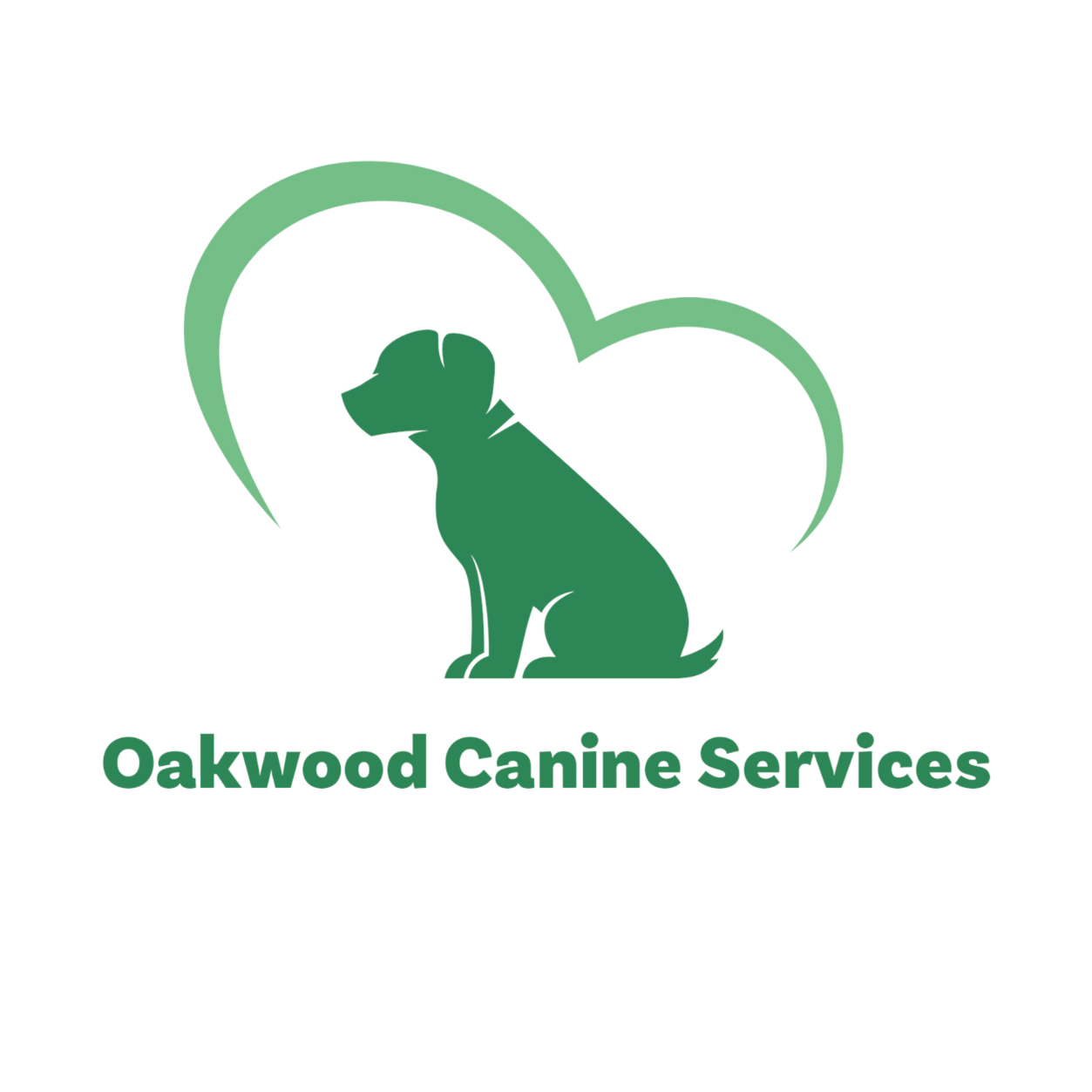Handling and Restraint
- It is vitally important for your dog to be able to be handled and examined whilst remaining quiet and relaxed.
- At the vets, groomers, being able to restrain whilst out and about, or just a cuddle every night in front of the TV?
- It is not just fear and/or aggression that may be a problem for this. Even the most friendly, happy-go-lucky dogs can cause an issue if they are just too wriggly and excitable, for example if the vet needs to give an injection or take blood.
- Therefore teaching your dog to accept and enjoy human contact is as important as every other aspect of socialisation and training
- When introducing handling with unfamiliar people: adults before children, women before men and girls before boys.
- Dogs are capable of detecting subtle changes in pheromones and testosterone levels in men, which they can possibly view as threatening. This is why there are many more dogs fearful of men than women.
Relaxation
- Puppies have on your lap, larger dogs or adults on the floor.
- Slip a finger through their collar to keep them secure.
- Using your entire hand in small circular motions, massage the dog all over, beginning around the neck, chest and shoulders and working backwards.
- Encourage them to go completely floppy, collapse into you or to the floor and relax, only using massage and NOT any command.
- Massage all areas: legs, belly, groin, bum, tail etc.
- Massage in very slow movements, too fast and you will wind your puppy up.
If you have an older dog they may have an aversion to being handled, restrained or touched, if so please seek professional help as these techniques will not work.
Hot-Spot Reward Handling
- Hold your dog’s leg off the floor.
- Immediately offer a treat with your other hand whilst still holding onto the leg, then release.
- Repeat with other hot-spot areas: ears, muzzle, paws, tail etc. and offer a treat whilst still holding.
- These areas can produce a defensive reaction if not desensitized as a puppy
- If your puppy pulls away do not hang onto the area, in a battle of wills. Release the area and next time move more slowly whilst using treats to teach your puppy that being handled is fun, not scary.
20% of dog bites occur when a person goes to grab a dog’s collar or scruff – obviously the dog associates a hand on that area with bad things happening:
-
- End of walk
- Aggression from handler
- Punishment
Examination
- Carry out an examination of your dog as your veterinarian might during a check-up. For each area you check, give a treat to build a positive association.
- Check the skin (stroking the fur backwards)
- Paws and in between the pads
- Under the tail
- Eyes
- Ears
- Nose
- Teeth (lift the cheek flaps to check the outside of the teeth, then using thumb and index finger on the top and bottom jaws, open the mouth for a brief second or two – reward this with a treat)
Think about handling from your puppy’s point of view. If the first time you ever touch inside their ears, is when they have a painful infection and you’re trying to clean it or give them drops, your puppy will associate this handling with pain, and may get aggressive or fearful next time you try it.
At least 80% of the dogs we have coming into rescue, have some type of issue being handled, from freaking out if we try to clip their nails, shaking and peeing themselves if we try to lift up the tail, to biting if we grab their collar. This could easily be avoided by practicing these exercises when your puppy is young.
Grooming and Nail Clipping
Whether your puppy’s breed will need monthly full grooms at the salon, or just a bath here and there, it’s important they learn to accept and enjoy the grooming experience as much as possible.
In addition, they need to be calm and accepting to let us do this without playing around, trying to chew the brush
Grooming
- If your puppy will be visiting the groomers, ensure you take them for fortnightly 15minute ‘puppy grooms’ at one of Oakwood’s Dog Grooming Salons to help them get used to the grooming process and make sure they will be happy and comfortable for when they need 1 ½ hr full grooms.
- Make sure you have the correct brush type for your puppy’s coat. Ask your instructor for advice.
- Have one person hold their collar still, and feed intermittent treats as you brush your puppy all over. This prevents them from being able to turn and play with the brush and practice bad habits, whilst teaching them being groomed is good fun as it brings tasty treats.
